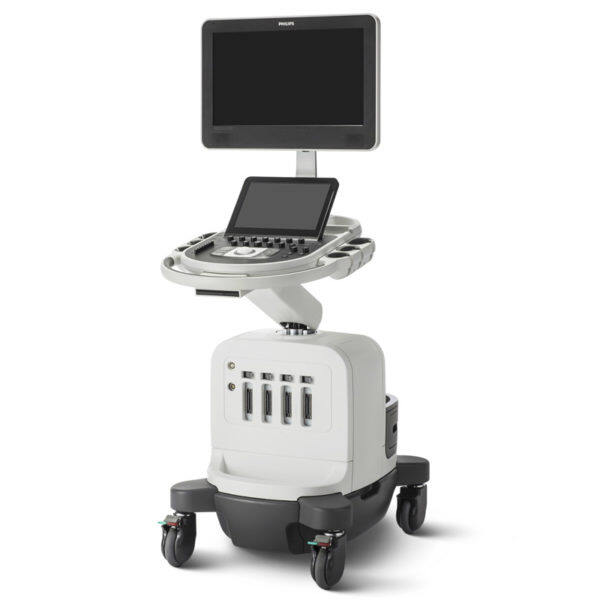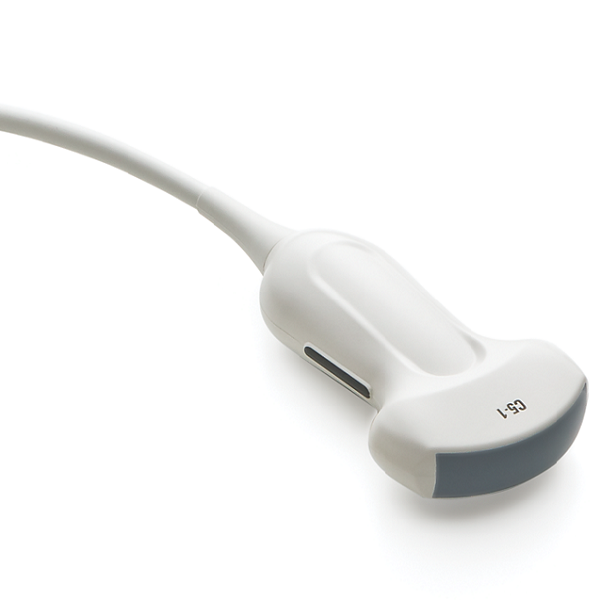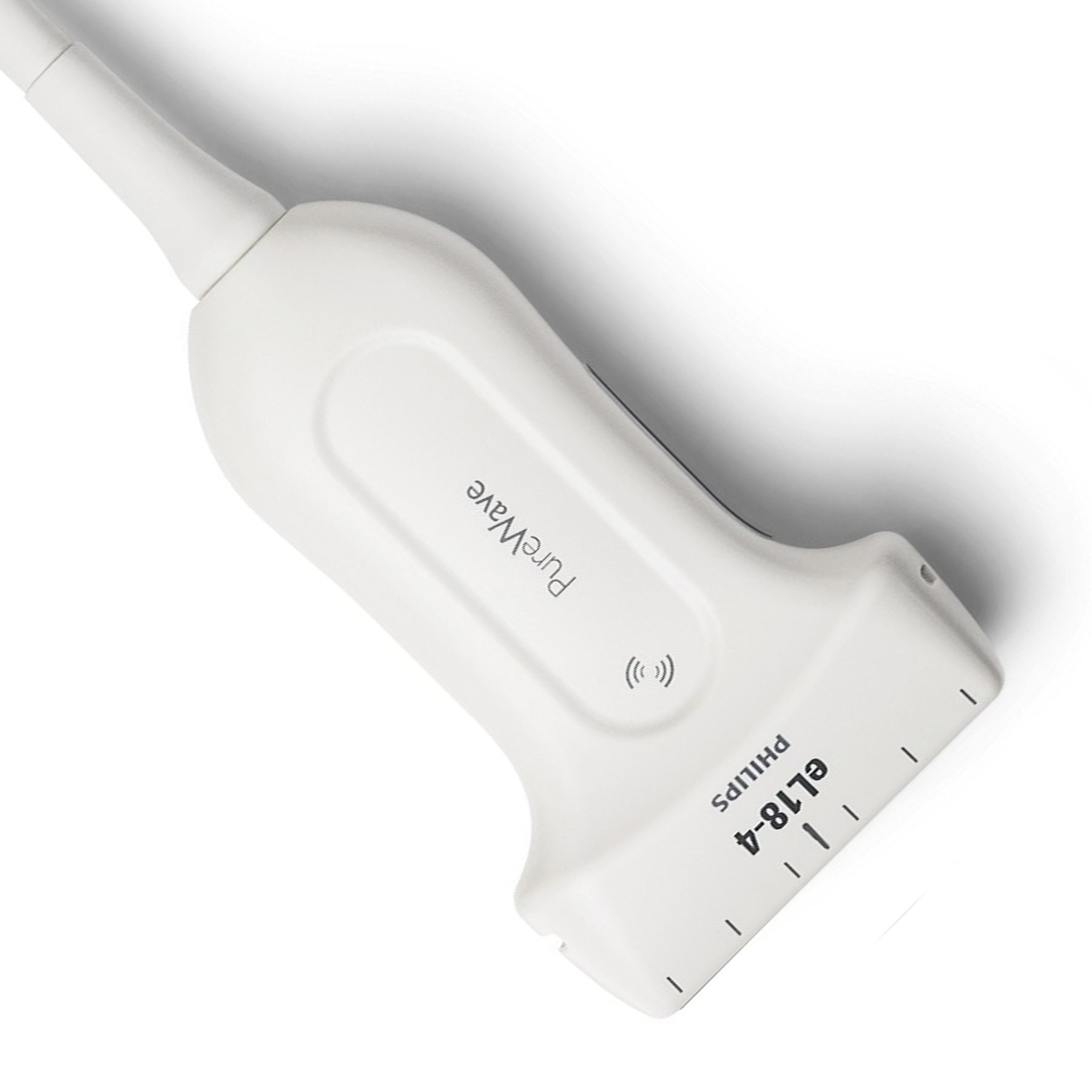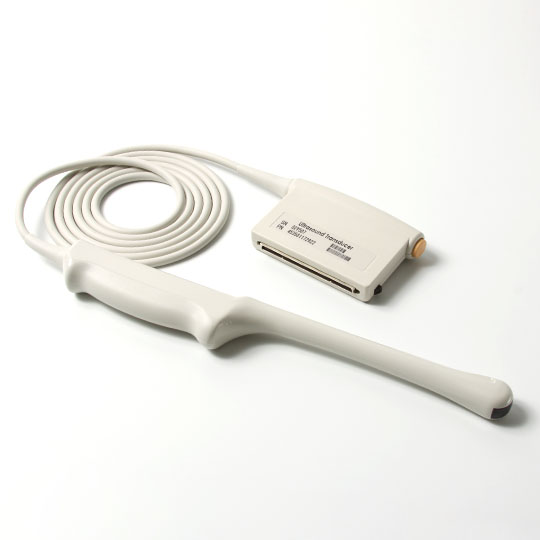Ultrasound equipment has revolutionized medical diagnostics by allowing medical personnel to see the inside structures of the human body in real-time without intrusive procedures. These versatile devices have become indispensable tools in healthcare, facilitating the diagnosis and monitoring of various medical conditions. Nevertheless, many people wonder why are ultrasound machines so expensive. In this article, we will delve into the factors that contribute to the high cost of ultrasound equipment.
Cutting-Edge Technology
Ultrasound machines are at the forefront of medical technology, employing sophisticated hardware and software to produce high-quality images. These machines utilize specialized transducers that emit and receive sound waves, converting them into detailed visual representations of internal structures. These transducers are powered by sophisticated materials, signal-processing techniques, and precise engineering. To remain competitive and give the greatest tools to healthcare professionals, manufacturers invest much in research and development, raising the cost. Continuous innovation in ultrasound technology, such as the development of 3D and 4D imaging, further contributes to expenses in this area.
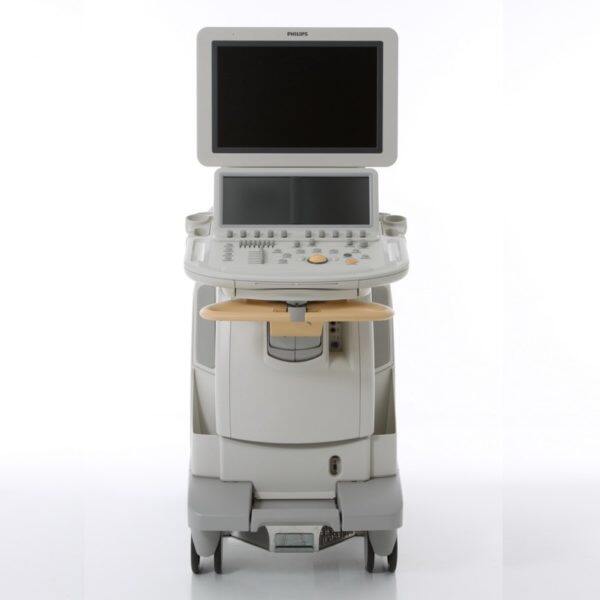
Philips iE33 Component Support
Stringent Quality And Safety Standards
When it comes to medical equipment, safety and quality are non-negotiable. Regulatory authorities such as the FDA in the United States require stringent adherence to safety and effectiveness requirements. Meeting these standards involves exhaustive testing and documentation, including clinical trials, to ensure that ultrasound machines are safe and effective for patient use. Moreover, quality control processes are implemented throughout production to maintain consistent performance and reliability, which adds to the overall cost.
Specialized Components
Ultrasound machines require specific components to function properly. The transducer, which is at the core of these machines, is made up of many crystal components and complicated wiring that allows them to emit and receive ultrasonic waves. To achieve the correct frequency and picture quality, these components must be accurately constructed. Signal processing circuits inside the machine's hardware must be capable of real-time image rendering, which involves high-performance microprocessors and memory. Additionally, high-resolution displays that provide detailed images require advanced LCD or LED technology. These specialized components, tailored for medical applications, often come at a premium due to low production volume and stringent quality requirements.
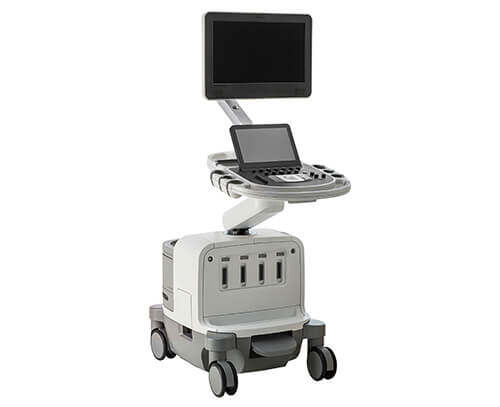
EPIQ5 Ultrasound System Components
Research And Development
The advancement of ultrasound technology is a continuous process. Manufacturers engage consistently in R&D to increase imaging capabilities, improve user experience, and incorporate the most recent innovations. For instance, the miniaturization of components and advancements in artificial intelligence for image analysis are areas of active research. These investments not only fuel innovation but also increase the overall cost as manufacturers strive to stay at the cutting edge of the field.
Regulatory Compliance
To protect patient safety, the medical industry is extensively regulated. Ultrasound equipment must fulfill stringent regulatory criteria, and obtaining regulatory clearance is a time-consuming and costly procedure. Manufacturers are required to conduct extensive testing, gather comprehensive data, and submit documentation to regulatory authorities for assessment. This process is essential to assure healthcare professionals and patients that ultrasound machines are reliable, safe, and effective for diagnostic purposes.
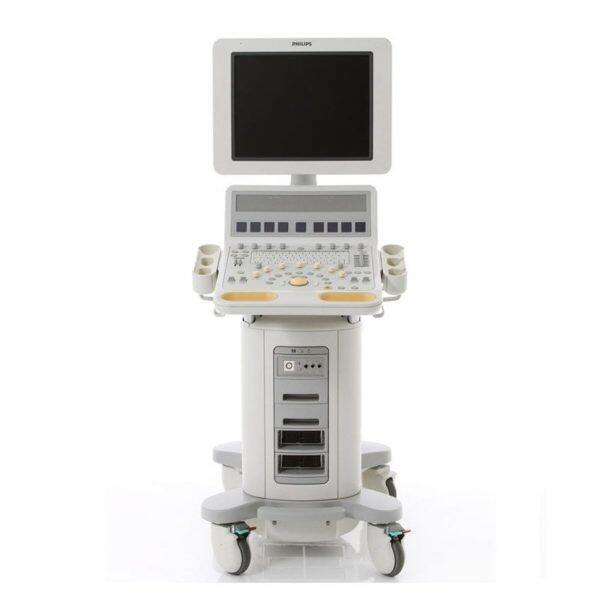
HD15 Philips Ultrasound Components
Durability And Reliability
Ultrasound machines are built to last, as they are expected to operate consistently under demanding conditions in medical settings. Achieving durability and reliability requires the use of high-quality materials, such as robust casings and components that can withstand frequent use and disinfection. Manufacturers also perform thorough testing to guarantee that this equipment can withstand extreme environments while still providing accurate and dependable imagery.
Choosing the Right Ultrasound Equipment Supplier: Xity's Commitment to Excellence
When pondering "Why is ultrasound so expensive?" it's crucial to consider not just the technology itself but also the source of your ultrasound equipment. Xity stands out as a premier supplier with over a decade of dedicated service in the field, offering an extensive range of products from ultrasound probes to ultrasound machines and ultrasound parts. Our commitment to quality and customer satisfaction has cemented our position as a preferred partner for leading hospitals and medical professionals. For those in search of top-tier ultrasound equipment that meets the highest standards of reliability and performance, Xity is your go-to destination.
Conclusion
While the cost of ultrasound machines may look high, it is critical to understand that these costs are justified by the need for cutting-edge technology, demanding quality requirements, and constant research and development.
 English
English
 Русский
Русский

